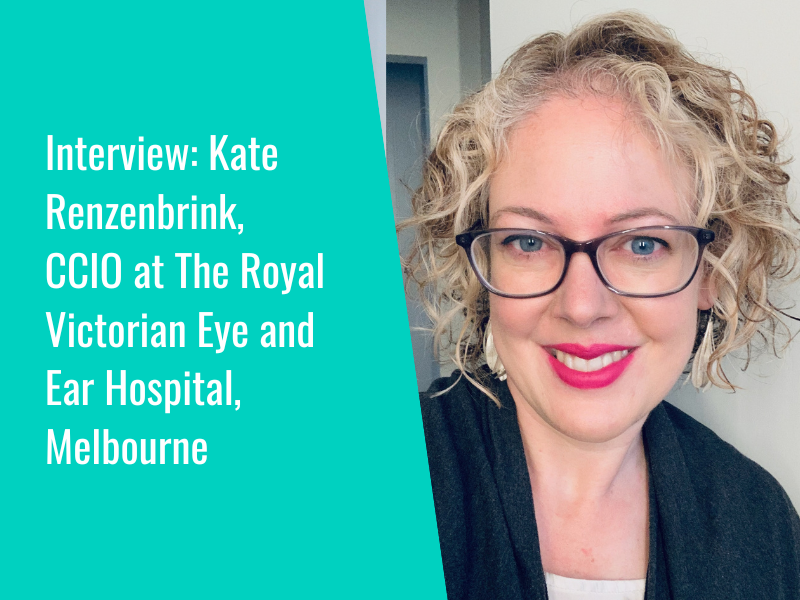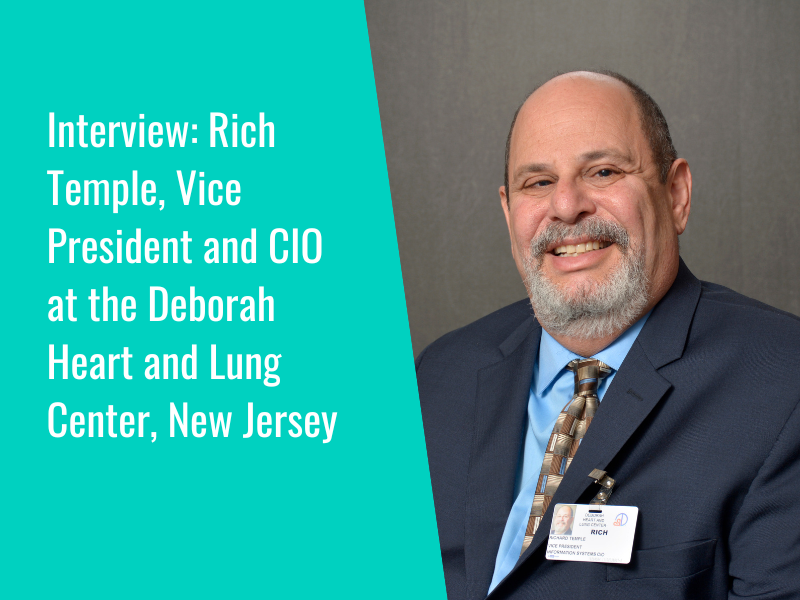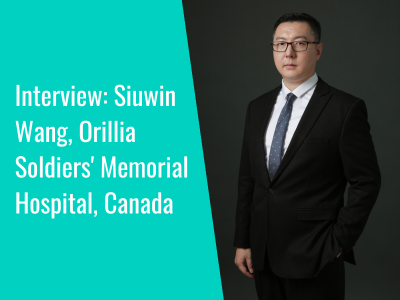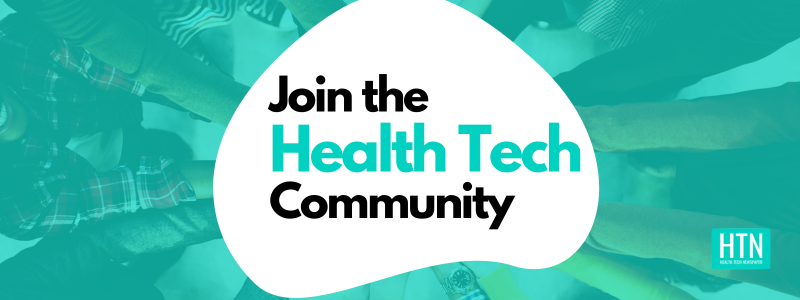At the Web Summit in Lisbon, we had chance to speak to James Martin, CEO and founder of ezClinic.
ezClinic is a Chicago-based medical technology company with a mission to become a key resource for patient safety and risk management through use of AI and preventative monitoring assistance. Through an AI-powered digital nurse, ezClinic aims to provide a ‘personal assistant’ for critical and acute care nurses, providing each patient with constant visual and vital monitoring, with predictions preventing harm, uncertainty and risk.
We asked James to start out by telling us a little bit about his role.
“Initially, I started this to develop a telemedicine platform,” James explained. “I was a co-founder of a telemedicine practice in California, based on medical cannabis; we knew it was going to be temporary as they were going recreational. When that happened, I split off, but that gave me an understanding of what was needed from telemedicine platforms at the time.”
Around this time, when COVID hit and the market became “flooded overnight” with telemedicine apps, James’ story took a personal turn. “My dad had a heart attack while in an ICU,” he shared. “While he was in the hospital, information about his medications never got transferred from his check-in to the ICU, leading to the event. My mom was there and she was calling for help for more than 15 minutes, but by the time they got to him, they basically had to tell her it was too late. We were very lucky though, because they managed to revive him.”
James had a similar experience when his grandmother was admitted to hospital; her oxygen failed without response, and she sadly passed away.
One of the ideas that James had been considering for his telemedicine solution was to integrate 3D sensors into the platform. “It was going to be for a different purpose, but after that happened, I went to my brother – our chief technology officer – and asked him whether we could use machine learning and AI with the sensors to solve this problem.
“We’ve really dug into it since then, and we learned that three million patients around the world die annually due to missed adverse events, simply because nurses can’t be everywhere at once. They’ve been given too many tasks and unsafe nurse-to-patient ratios that take them away from patient bedsides, and opportunities to intervene harm. We interviewed more than 300 providers in the US, and they told us that about 40 percent of these preventable incidents are not even reported as such, because if they report them as preventable, they don’t get reimbursed for responsive care by payor systems. Plus, it falls under personal or hospital liability.”
It’s not just the US, James noted. “From our research, this is an international problem. We’re looking at a shortage of 13 million healthcare providers by 2030; by 2025 we’re facing a 2.1 million nurse shortage in the US alone, so we’re really just trying to get the solution out there so people don’t have to lose their lives when nurses are needed elsewhere or short-staffed.”
We next asked James what his ambition was for the company, and where he would like it to be in five years’ time.
“I would love for this product to be in every country,” he said, “but realistically in terms of where we are right now, we are looking at getting this into Brazil through some investors there, and United Arab Emirates, where we have clinical partners.”
The immediate goal after that is to potentially expand into some areas of Europe like Portugal or Spain, he added. “There’s some interest there, and it’s a slightly easier process to go through than in the UK.” They are also looking at expanding to Canada, where James noted funding for implementing new technology can be a challenge.
“We want to be able to show that not only is it life-saving, it is preventing disabilities and reducing costs,” he emphasised. “Our research suggests that there are 64 million disabilities created from missed or delayed response to medical emergencies. Once we have data to show the cost savings, we’ll present it to countries like the UK and Canada, where it’s a little more complicated to get approved.”
What stage is the solution at now, in terms of bringing the product to market?
“We have a working prototype which isn’t clinically tested yet. Results of our MVP in an ICU simulation centre average 95 percent performance precision, where we use high-fidelity mannequins and patient actors, but that’s in a sterile environment,” he explained.
“The next step is testing in a clinical setting, which we’re supposed to be starting in January. We’re going to be testing, adding data, improving algorithms. Then once we’re happy with the results from that, we’ll do a live test with nurses actually getting alerts, probably within the next six months or so.”
We asked James whether he could comment on the digital landscape and any key challenges surrounding digital health in the US.
“There’s a lot of investment going into health tech that’s administrative-based,” he noted. “Things have really slowed down with digital in the medical setting, everything has to go through lots of approval processes. We could technically release our prototype on a limited basis and some hospitals would buy that, but other hospitals won’t; they want it to be FDA approved, because they’re risk averse. Most investors want direct consumer apps or things that don’t have to go through regulatory processes. Early-stage MedTech investments peaked right about the time we started on this; but now they want you beyond regulation with paying customers, and depending on what you’re doing, typically that comes up to a pretty high cost, so you have to raise funds for it.”
Patient attitudes and appetite for digital in health in the US
“I think it’s a little mixed,” James acknowledged. “They want to make things easier, but most of the solutions that hospital systems are using are not super easy to navigate, to be honest. I have a hard time navigating them. For example, physicians have a hard time navigating the electronic health record systems, and the systems don’t tend to communicate well with each other. There’s a push for universal communication, but obviously the companies don’t want that, they want to own the market, so there’s been a lot of push-back.”
Finally, James reflected a little bit around the challenges with AI technology in health.
“Regulatory bodies, like the FDA have been considering how to regulate AI in healthcare, but it’s still not clear on where it’s going. There is a big challenge there. The question is: if somebody dies or gets harmed because the AI failed, who’s to blame? Is it the doctor, or is it the AI? With constant changes to regulatory, privacy, and security concerns companies are having to put in safety nets for themselves, which really limits innovation for what can be done with the AI.”
“I understand what the concerns are, but we need clear definitions on things like how they operate and liability. Many providers have a fear that AI is going to take their jobs, but personally I don’t feel like AI should be able to replace a human. You need those checks and balances, and you need someone with medical education and experience to follow up on it.”
We’d like to thank James for taking the time to share his insights and experiences from the US with us.
- 1
- 2
















